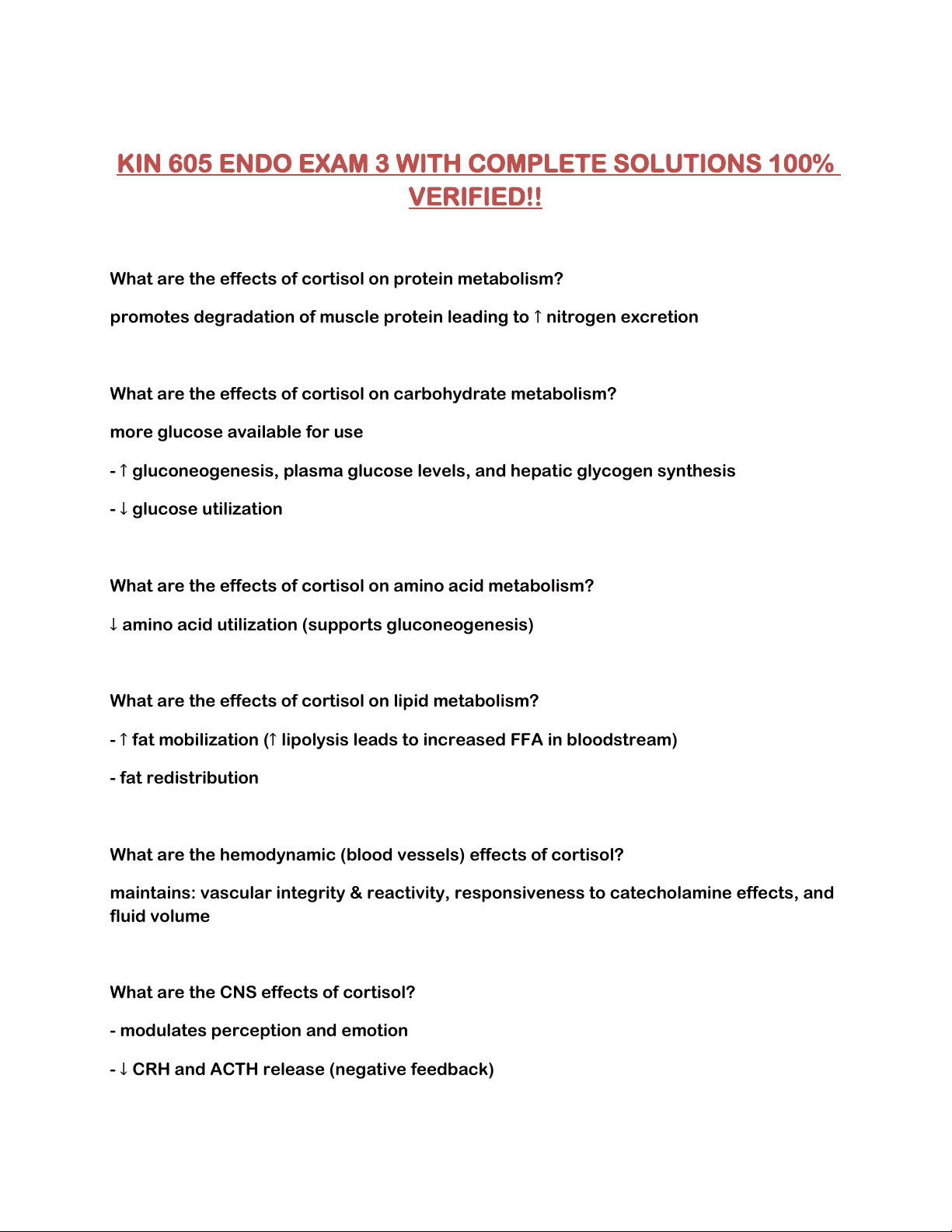
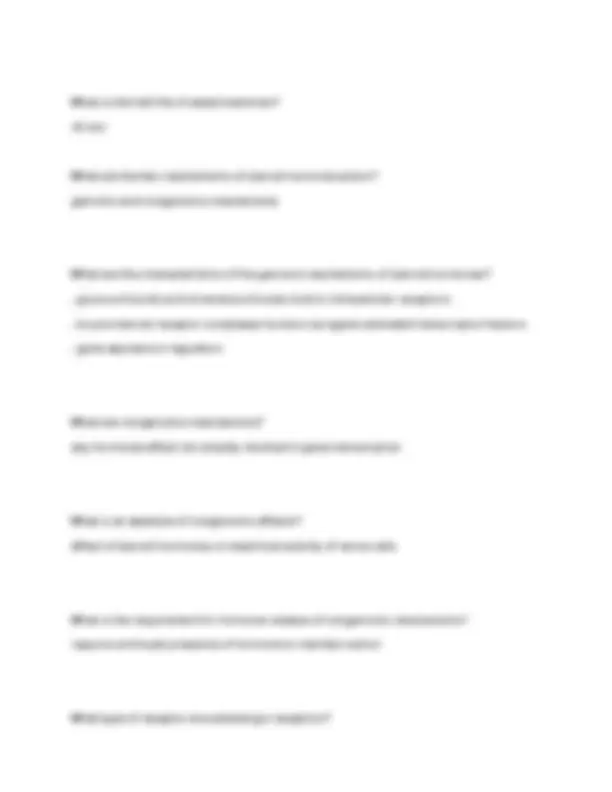
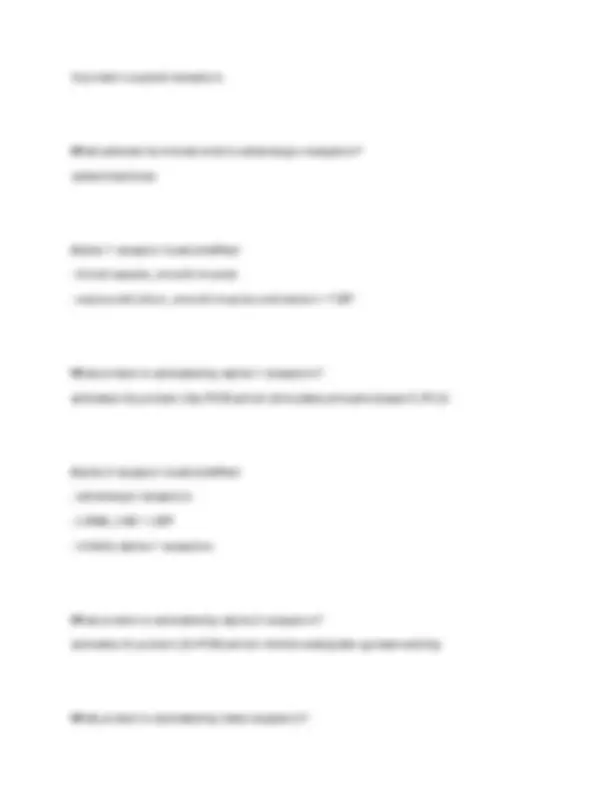
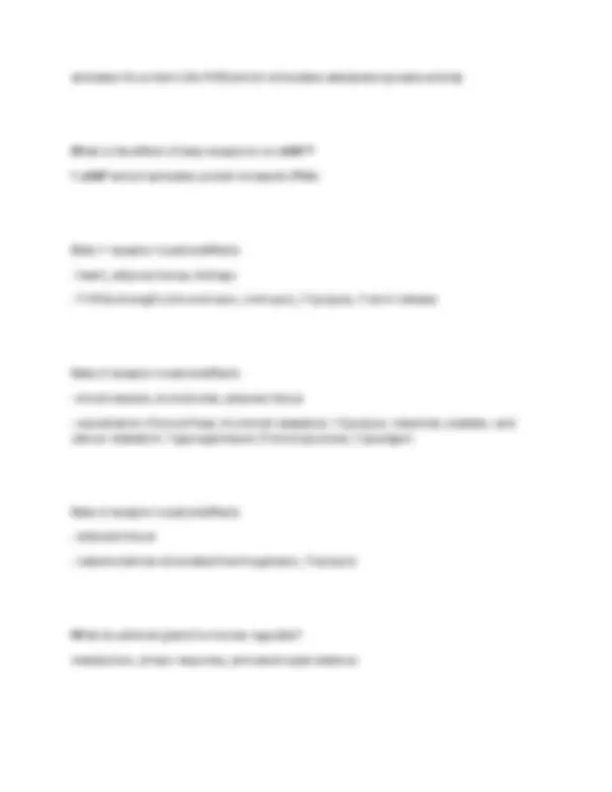
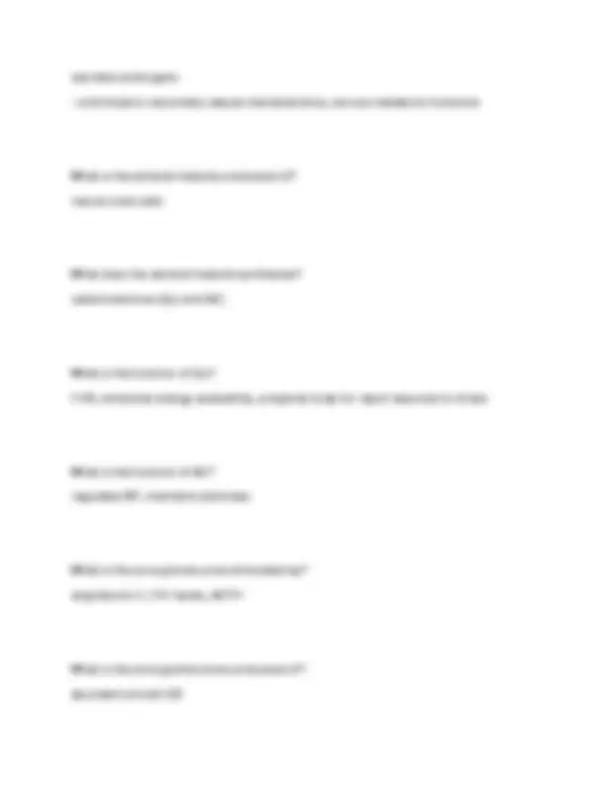
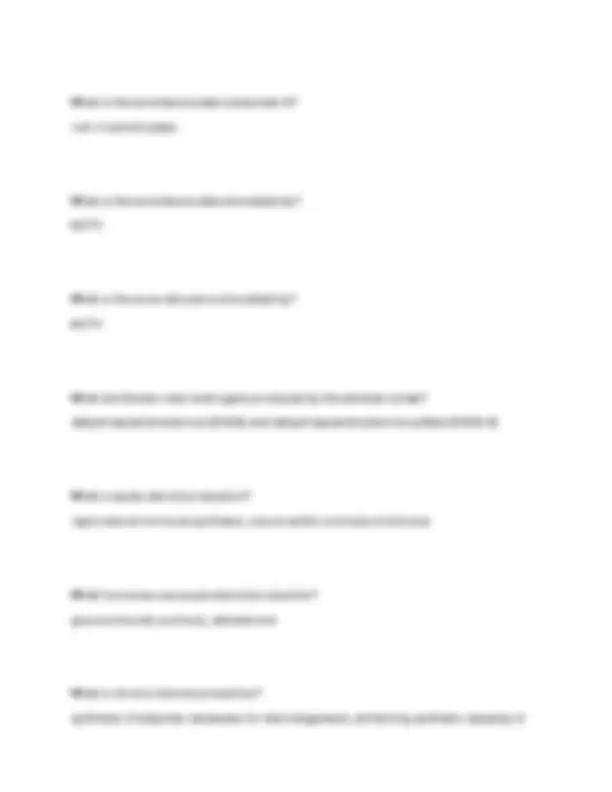
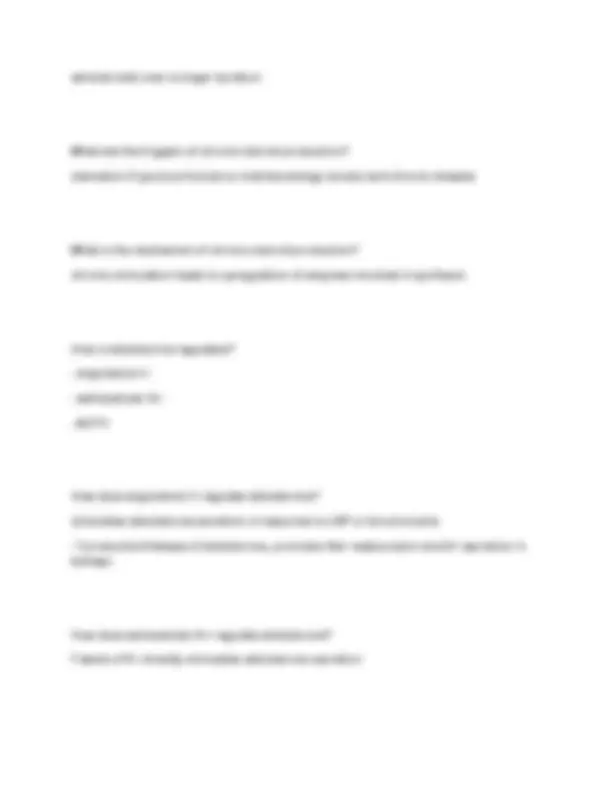
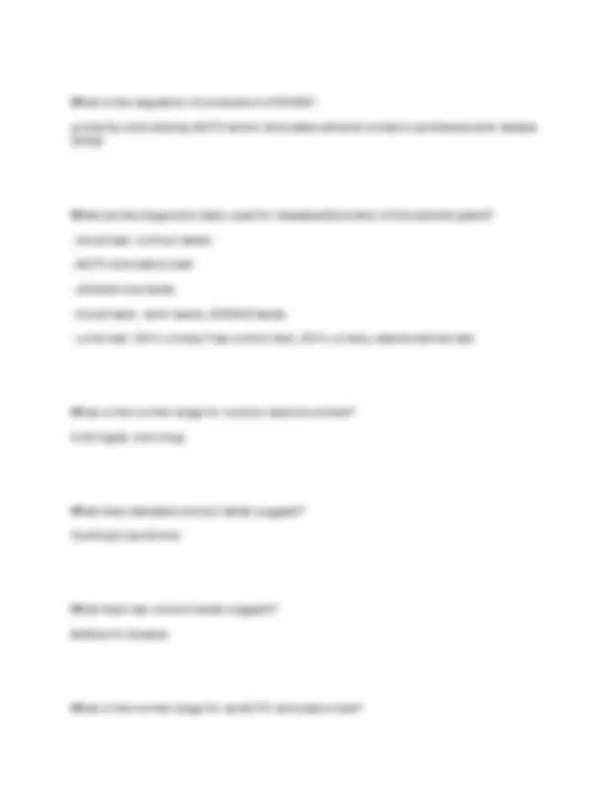
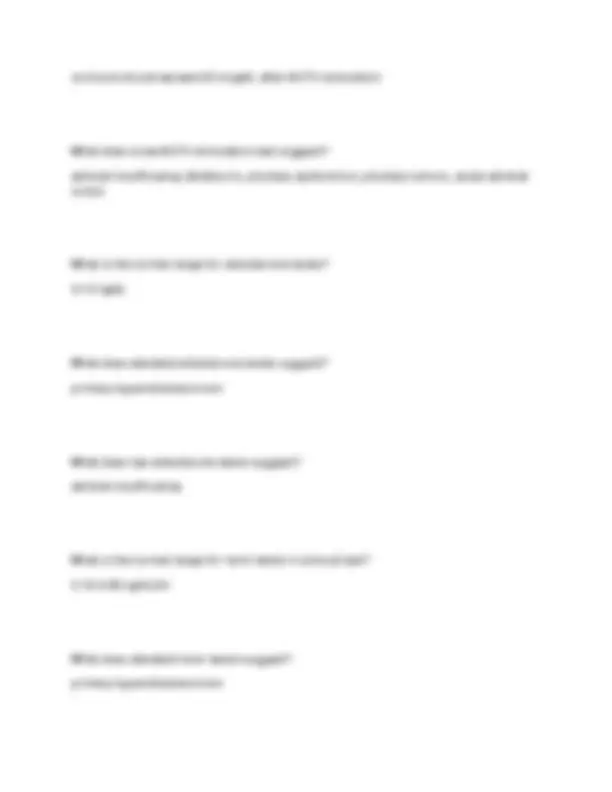
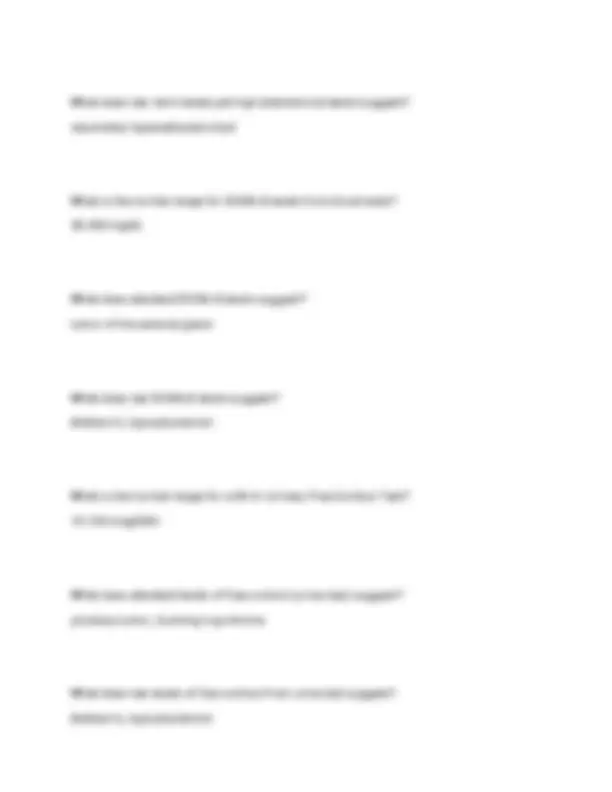
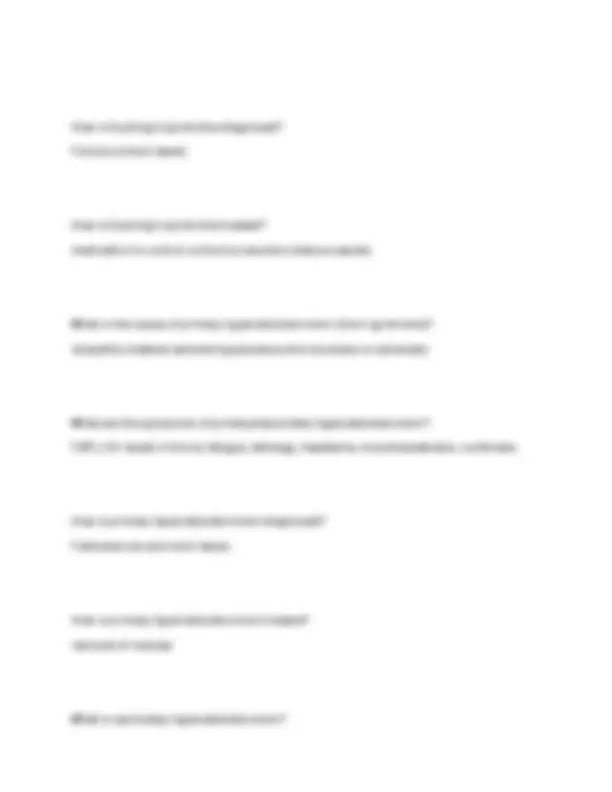
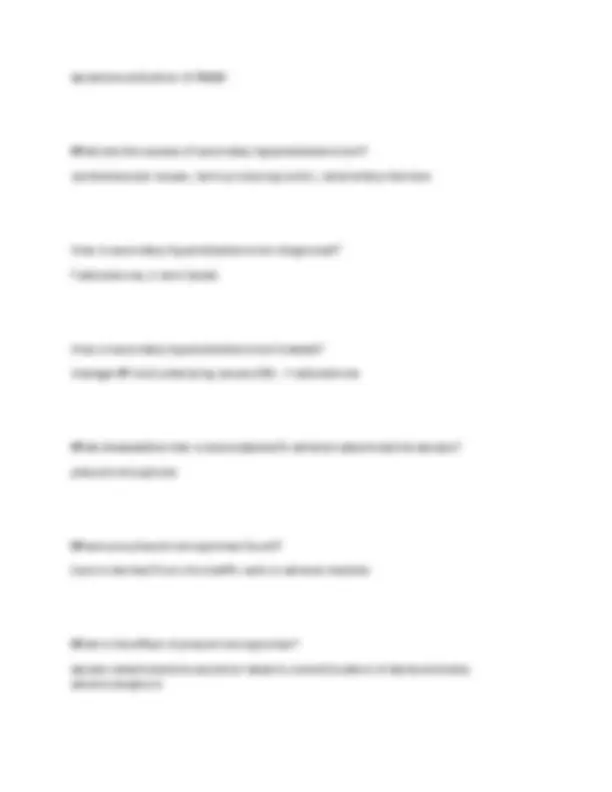
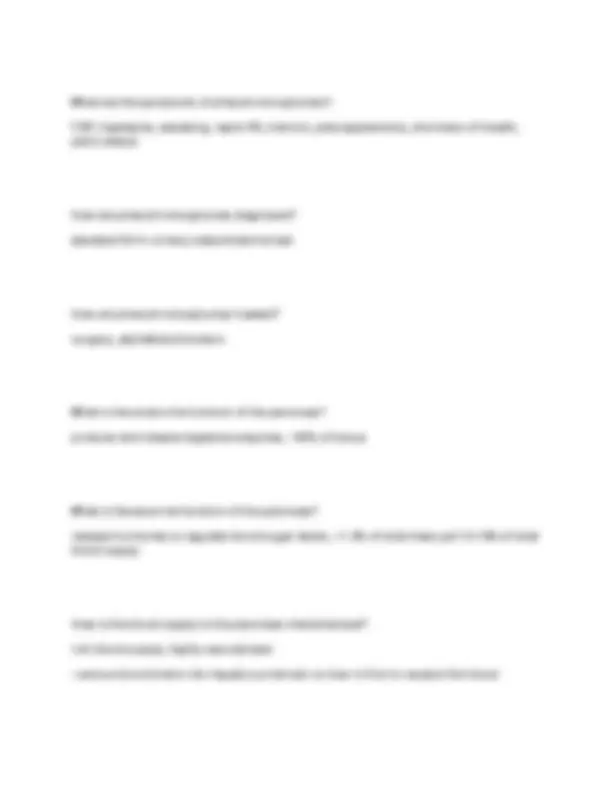
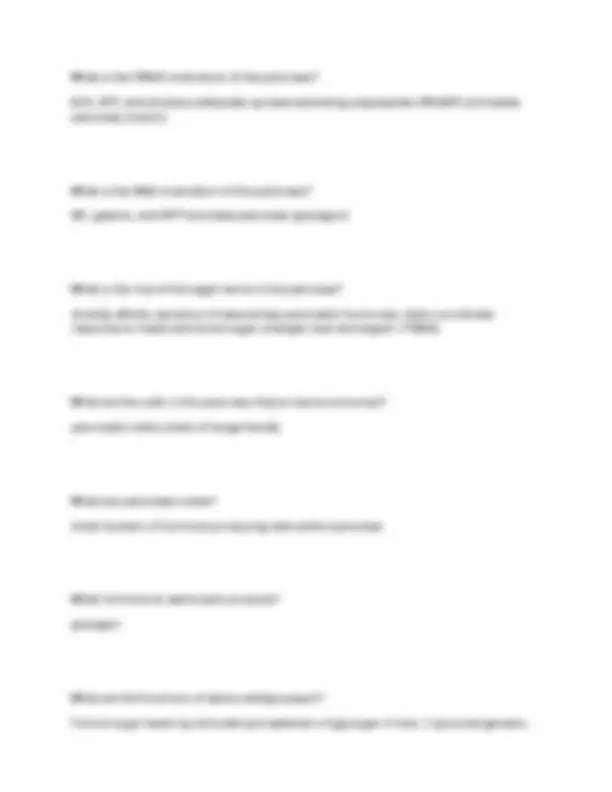
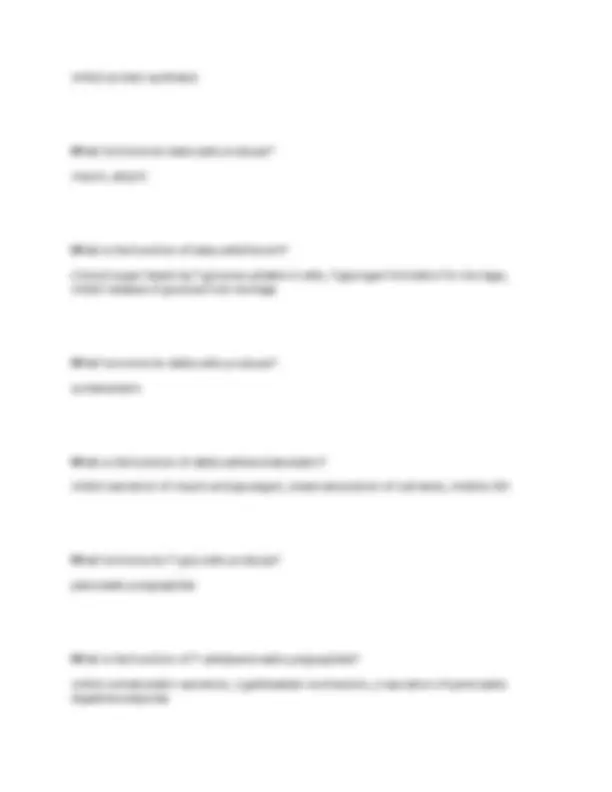
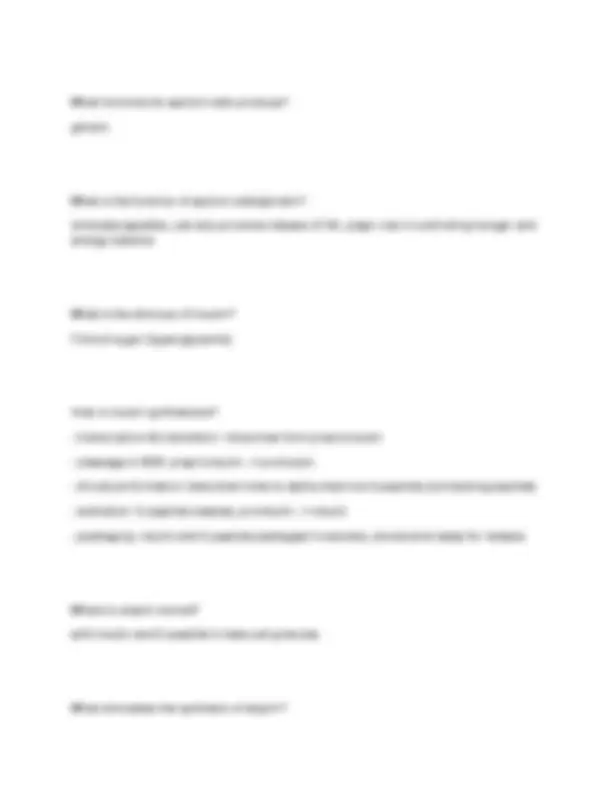
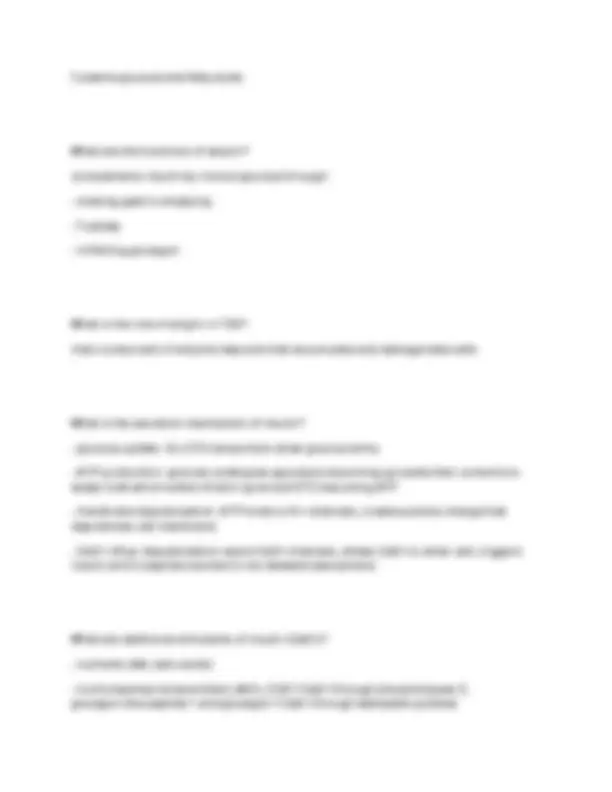
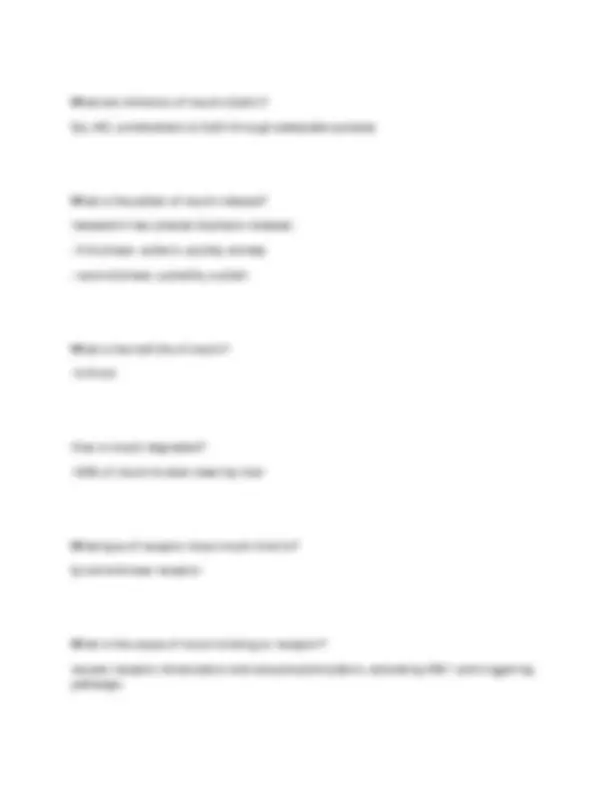
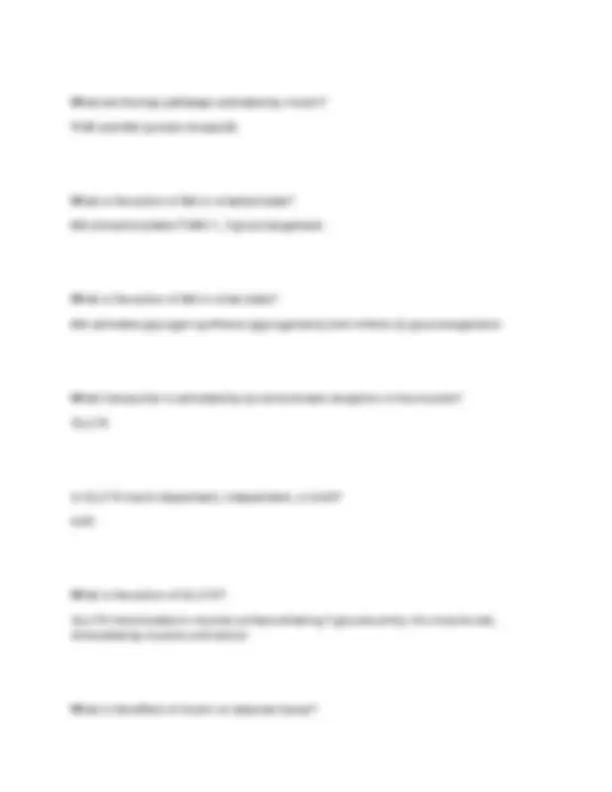
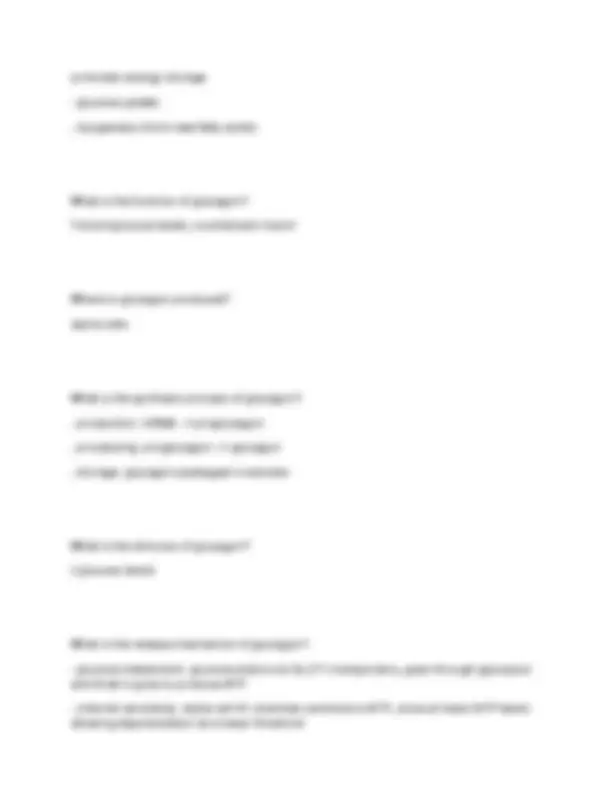
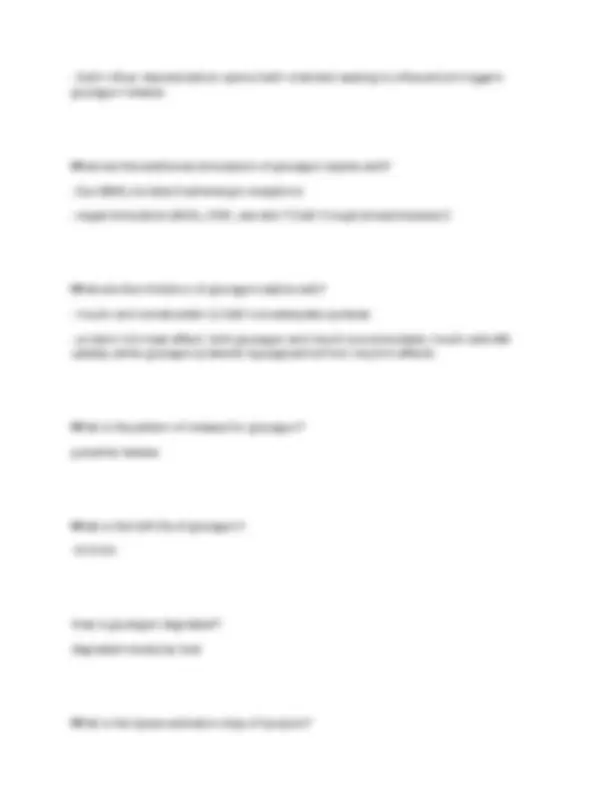

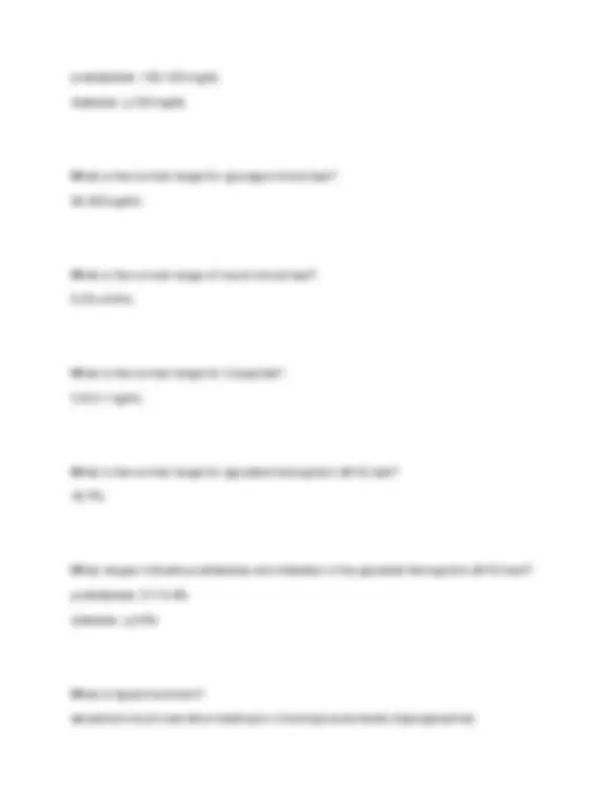
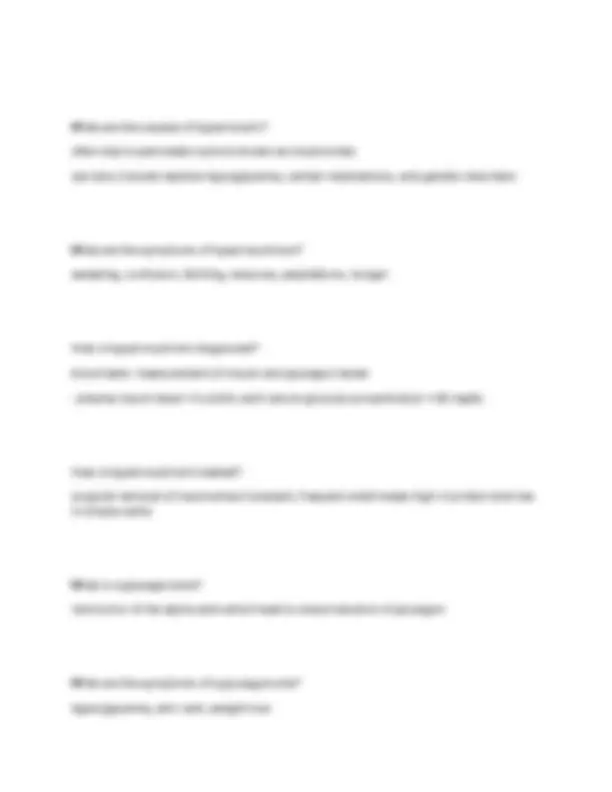
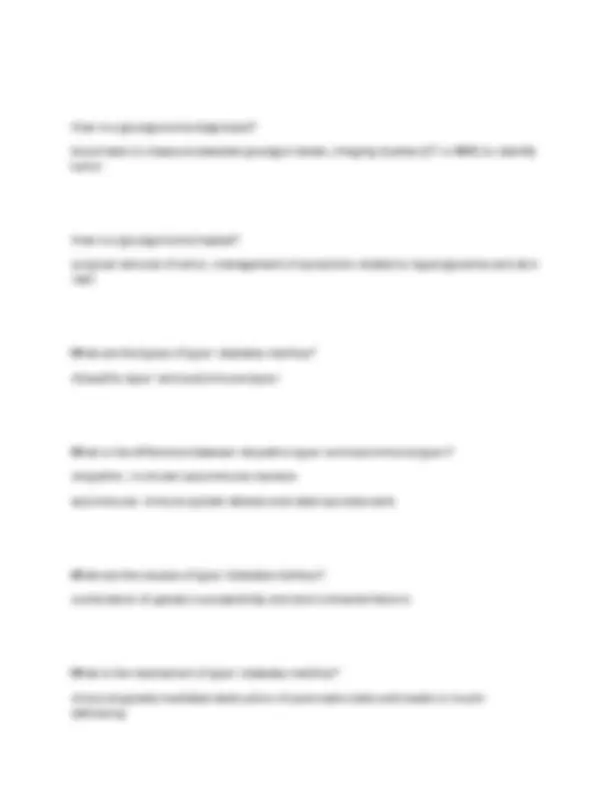
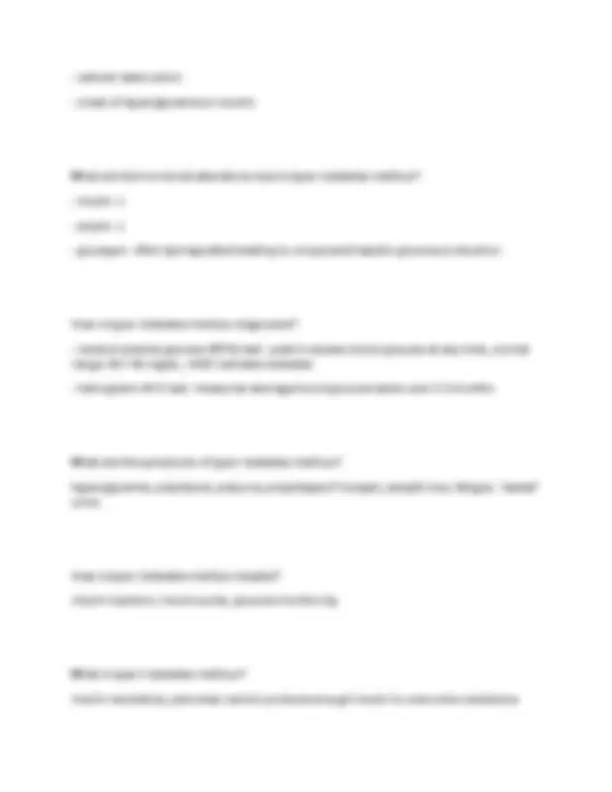
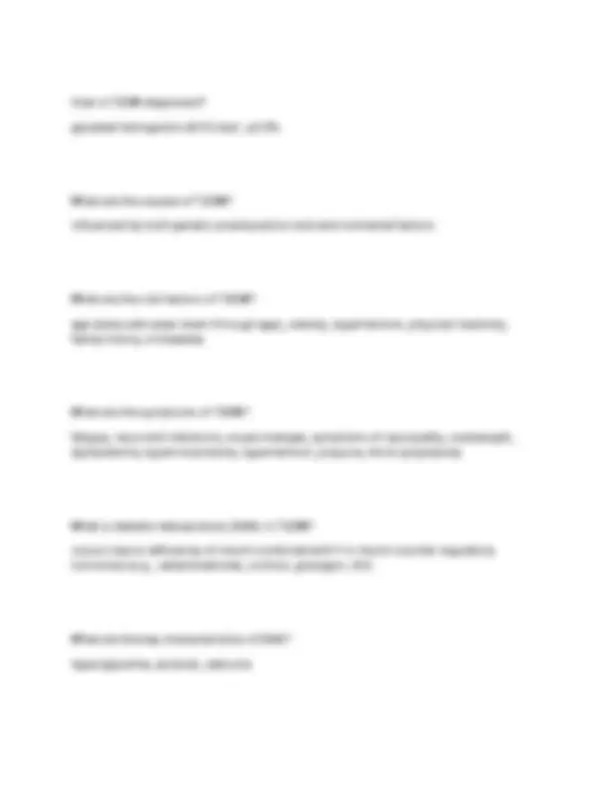
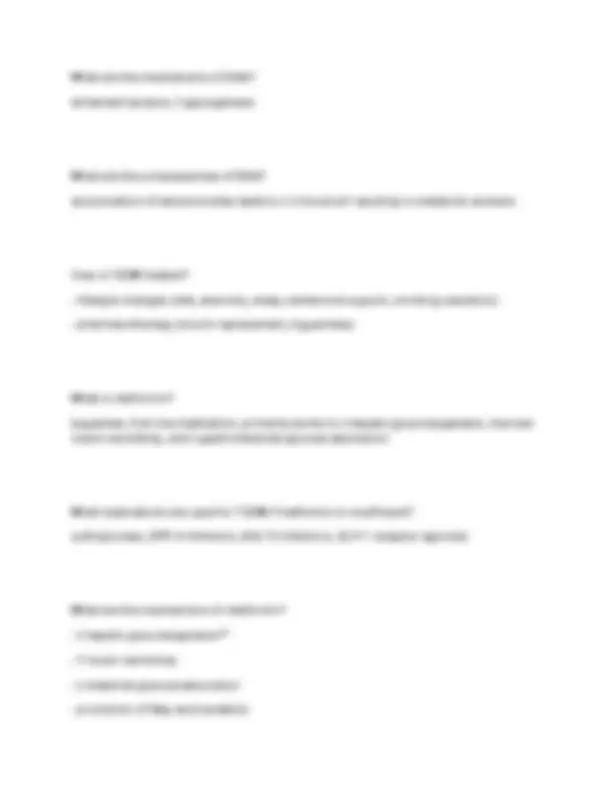
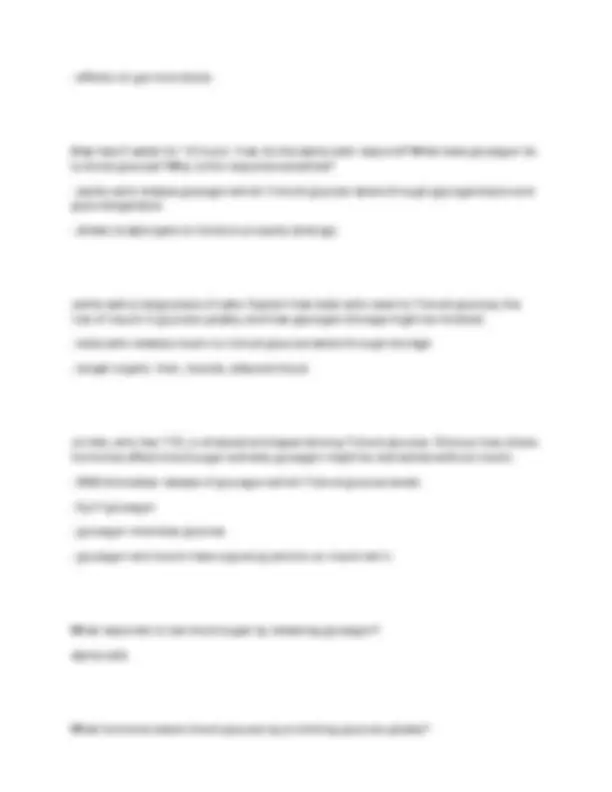
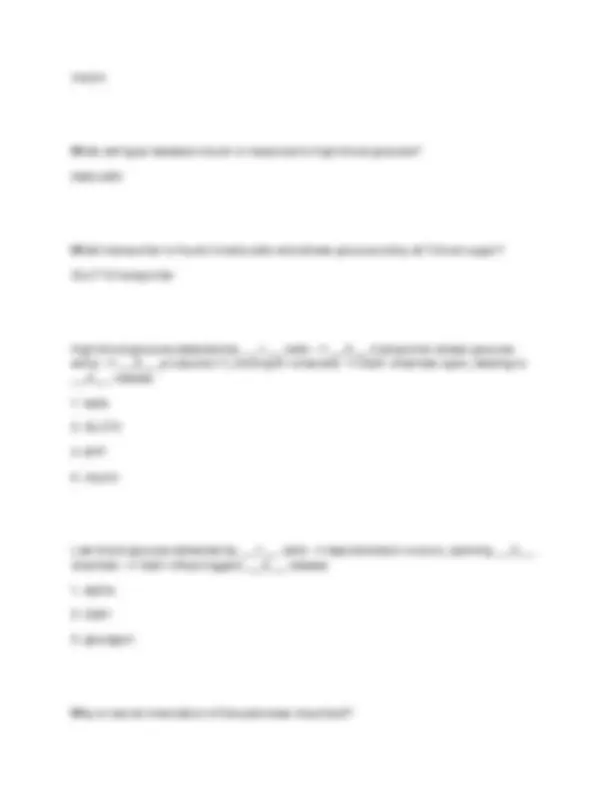
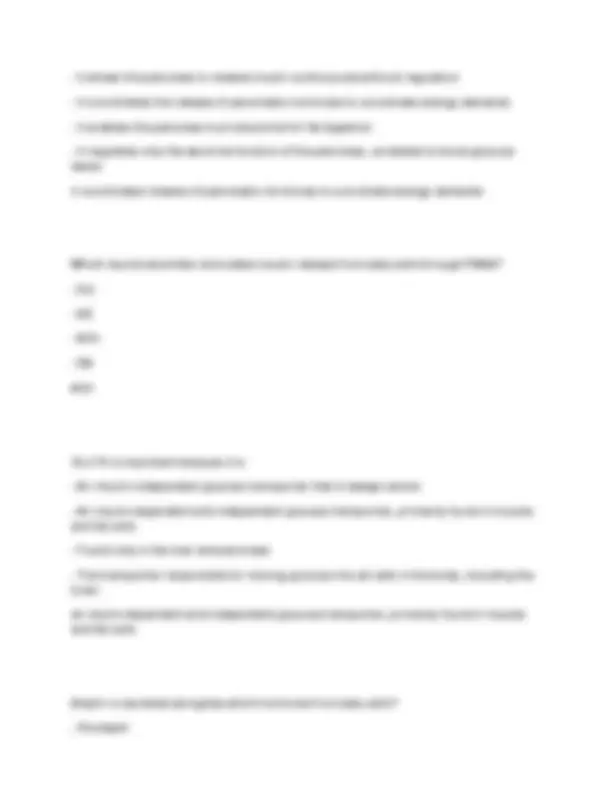
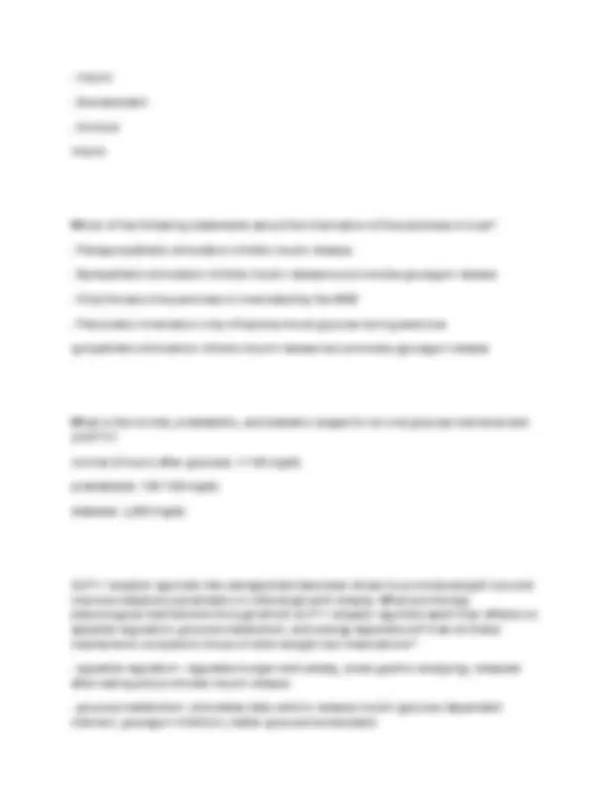
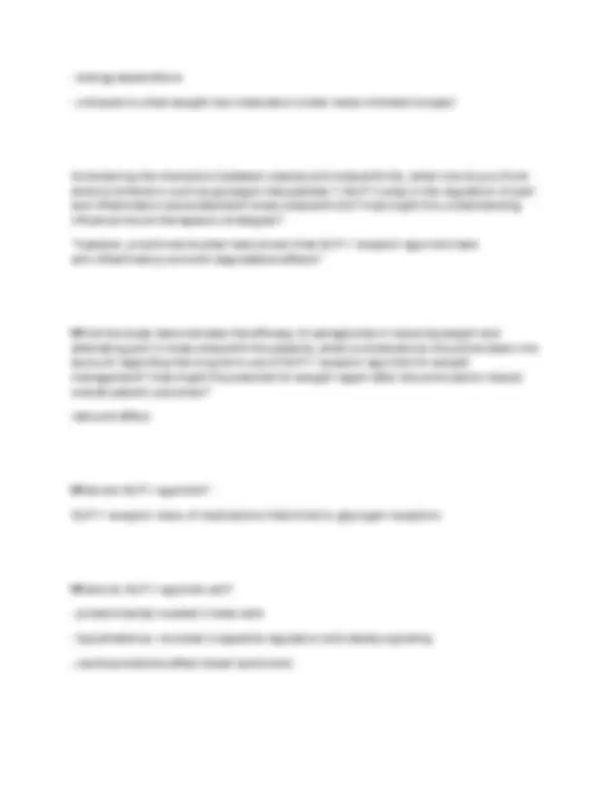



Study with the several resources on Docsity

Earn points by helping other students or get them with a premium plan


Prepare for your exams
Study with the several resources on Docsity

Earn points to download
Earn points by helping other students or get them with a premium plan
Community
Ask the community for help and clear up your study doubts
Discover the best universities in your country according to Docsity users
Free resources
Download our free guides on studying techniques, anxiety management strategies, and thesis advice from Docsity tutors
A comprehensive overview of the endocrine system, focusing on the adrenal glands and their hormones. It covers the effects of cortisol, androgens, and catecholamines on various metabolic processes, including protein, carbohydrate, and lipid metabolism. The document also explores the mechanisms of action of these hormones, their regulation, and their role in stress response and electrolyte balance. It includes detailed information on the structure and function of the adrenal cortex and medulla, as well as the diagnostic tests used for diseases of the adrenal gland.
Typology: Exams
1 / 41

This page cannot be seen from the preview
Don't miss anything!


































What are the effects of cortisol on protein metabolism? promotes degradation of muscle protein leading to ↑ nitrogen excretion
What are the effects of cortisol on carbohydrate metabolism? more glucose available for use
What are the effects of cortisol on amino acid metabolism? ↓ amino acid utilization (supports gluconeogenesis)
What are the effects of cortisol on lipid metabolism?
What are the hemodynamic (blood vessels) effects of cortisol? maintains: vascular integrity & reactivity, responsiveness to catecholamine effects, and fluid volume
What are the CNS effects of cortisol?
What are the target organs of androgens? reproductive organs, muscle and bone, adipose tissue, CNS
What are the effects of androgens on reproductive organs? development of secondary sexual characteristics
What are the effects of androgens on muscle? muscle growth (↑ protein synthesis and muscle hypertrophy)
What are the effects of androgens on bone? bone health, ↑ growth/maintenance of bone density
What are the effects of androgens on adipose tissue? fat distribution (↓ subcutaneous fat, ↑ visceral fat)
What is the release pathway for caetcholamines? SNS stimulation --> ACh release --> ACh binds to nicotinic receptors --> Ca2+ influx into cells --> exocytosis of vesicle containing catecholamines
What are the stimuli for release of catecholamines? distress (negative stressor), eustress (positive stressor), hypoglycemia
What type of receptor do catecholamines bind to? adrenergic receptors
50% of catecholamines are bound to ______________ albumin
G-protein coupled receptors
What adrenal hormones bind to adrenergic receptors? catecholamines
Alpha 1 receptor location/effect
What protein is activated by alpha 1 receptors? activates Gq protein (Gq-PCR) which stimulates phospholipase C (PLC)
Alpha 2 receptor location/effect
What protein is activated by alpha 2 receptors? activates Gi protein (Gi-PCR) which inhibits adenylate cyclase activity
What protein is activated by beta receptors?
activates Gs protein (Gs-PCR) which stimulates adenylate cyclase activity
What is the effect of beta receptors on cAMP? ↑ cAMP which activates protein kinase A (PKA)
Beta 1 receptor location/effects
Beta 2 receptor location/effects
Beta 3 receptor location/effects
What do adrenal gland hormones regulate? metabolism, stress response, and electrolyte balance
What is the weight percentage of the cortex and medulla? cortex: ~90% medulla ~10%
What hormones does the adrenal cortex secrete? steroid hormones
What are the three zones of the adrenal cortex? zona glomerulosa (outer), zona fasciculata (middle), zona reticularis (inner)
What is the function of the zona glomerulosa? secretes aldosterone
What is the function of the zona fasciculata? secretes cortisol and androgens
What is the function of the zona reticularis?
secretes androgens
What is the adrenal medulla composed of? neural crest cells
What does the adrenal medulla synthesize? catecholamines (Epi and NE)
What is the function of Epi? ↑ HR, enhances energy availability, prepares body for rapid response to stress
What is the function of NE? regulates BP, maintains alertness
What is the zona glomeruolsa stimulated by? angiotensin II, ↑ K+ levels, ACTH
What is the zona glomerulosa composed of? abundant smooth ER
adrenal cells over a longer duration
What are the triggers of chronic steroid production? starvation (↑ glucocorticoids to mobilize energy stores) and chronic disease
What is the mechanism of chronic steroid production? chronic stimulation leads to upregulation of enzymes involved in synthesis
How is aldosterone regulated?
How does angiotensin II regulate aldosterone? stimulates aldosterone secretion in response to ↓ BP or blood volume
How does extracellular K+ regulate aldosterone? ↑ levels of K+ directly stimulates aldosterone secretion
How does ACTH regulate aldosterone? primarily stimulates production of glucocorticoids, also plays supportive role in aldosterone secretion
What converts angiotensin I to angiotensin II? angiotensin-converting enzyme (ACE)
What are the effects of angiotensin II?
Cortisol and circadian rhythm secretion follows a circadian rhythm regulated by pulses of ACTH (peak in early morning and after meals)
What is the negative feedback mechanism of cortisol? exerts neg. feedback on hypothalamus (↓ CRH) and anterior pituitary (↓ ACTH)
How is cortisol transported in the blood?
What is the regulation of production of DHEA? primarily controlled by ACTH which stimulates adrenal cortex to synthesize and release DHEA
What are the diagnostic tests used for diseases/disorders of the adrenal gland?
What is the normal range for cortisol level blood test? 6-23 mg/dL (morning)
What does elevated cortisol levels suggest? Cushing's syndrome
What does low cortisol levels suggest? Addison's disease
What is the normal range for an ACTH stimulation test?
corticoid should exceed 20 mcg/dL after ACTH stimulation
What does a low ACTH stimulation test suggest? adrenal insufficiency (Addison's, pituitary dysfunction, pituitary tumors, acute adrenal crisis)
What is the normal range for aldosterone levels? 3-10 ng/dL
What does elevated aldosterone levels suggest? primary hyperaldosteronism
What does low aldosterone levels suggest? adrenal insufficiency
What is the normal range for renin levels in a blood test? 0.15-5.82 ng/mL/hr
What does elevated renin levels suggest? primary hyperaldosteronism
What is the normal range for a 24-hr Urinary Catecholamine test? Epi: 0.5-20 mcg/24 hr NE: 15-80 mcg/24hr
What does elevated levels of catecholamines (urine test) suggest? pheochromocytomas
What disease is associated with adrenocortical insufficiency? Addison's disease
What is the main cause of Addison's disease? autoimmune destruction of adrenal cortex
What hormones are low in Addison's disease? ↓ cortisol and aldosterone
What are the common symptoms of Addison's disease? hypotension (↓ cortisol), hyponatremia-mediated hypovolemia (↓ aldosterone), hyperpigmentation (↑ ACTH), hypoglycemia, weight loss (↓ appetite, GI dysfunction), fatigue, lethargy, muscle weakness, depression/irritability, polyuria, thirst
How is Addison's disease diagnosed? ↓ cortisol levels and ↓ ACTH stimulation test
How is Addison's disease treated? lifelong corticosteroid replacement therapy (cortisol and aldosterone)
What diseases/disorders are associated with adrenocortical excess? Cushing's disease, Cushing's syndrome, primary hyperaldosteronism (Conn syndrome), secondary hyperaldosteronism
What is the cause and treatment of Cushing's disease? cause: ACTH-producing pituitary tumor treatment: removal of tumor
What is Cushing's syndrome and what is its cause? overproduction of cortisol (↑ cortisol)
What are the symptoms of Cushing's disease/syndrome? weight gain in trunk with thin arms/legs, moon face, buffalo hump, pink/purple stretch marks (↓ protein synthesis), thin/frail skin that bruises easily, slow wound healing, acne
excessive activation of RAAS
What are the causes of secondary hyperaldosteronism? cardiovascular issues, renin-producing tumor, renal artery stenosis
How is secondary hyperaldosteronism diagnosed? ↑ aldosterone, ↓ renin levels
How is secondary hyperaldosteronism treated? manage BP and underlying cause (CV) --> aldosterone
What disease/disorder is associated with adrenal catecholamine excess? pheochromocytoms
Where are pheochromocytomas found? tumors derived from chromaffin cells in adrenal medulla
What is the effect of pheochromocytomas? excess catecholamine secretion leads to overstimulation of alpha and beta adrenoreceptors
What are the symptoms of pheochromocytomas? ↑ BP, headache, sweating, rapid HR, tremors, pale appearance, shortness of breath, panic attack
How are pheochromocytomas diagnosed? elevated 24-hr urinary catecholamine test
How are pheochromocytomas treated? surgery, alpha/beta blockers
What is the endocrine function of the pancreas? produce and release digestive enzymes, ~90% of tissue
What is the exocrine function of the pancreas? release hormones to regulate blood sugar levels, ~1-2% of total mass yet 10-15% of total blood supply
How is the blood supply to the pancreas characterized? rich blood supply, highly vascularized